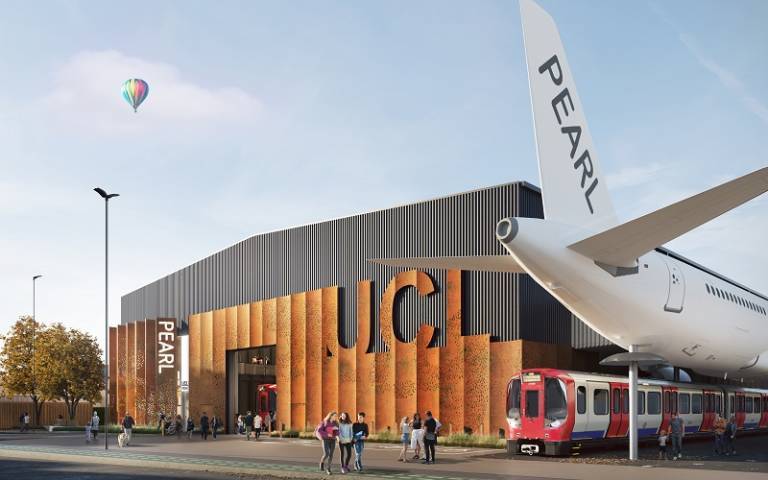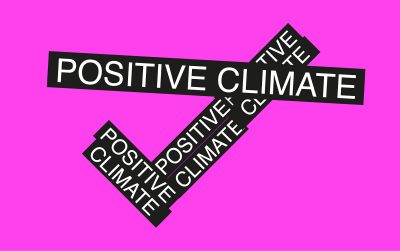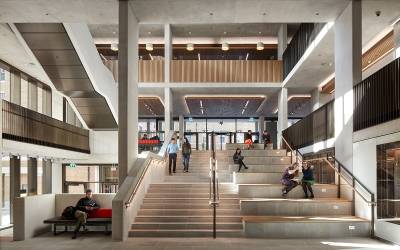PEARL - UCL's first net zero carbon classification
UCL’s PEARL building received an A+ rating for energy performance, making it UCL’s first net zero carbon building.

9 January 2020
The new Person-Environment-Activity Research Laboratory (PEARL) building in East London was completed in April 2020.
PEARL is a unique facility designed to explore the ways in which people interact with their environment. It's 4,000m squared, and 10m high.
It's UCL's first carbon negative building, achieving net zero and A+ for energy efficiency. It achieved an energy efficiency certification of -9! This building create more (clean) energy than we use.
The building is a portal frame building, cladded in steel, with a distinctive Corten steel façade on the west end. This façade incorporates perforations, that represent flocks of birds at sunset, pedestrians in a crowded place - or ideas coming together and swirling their way into the building to inspire the researchers inside to create a world that is better for both people and planet. The pathway to the building's front door is in two parts - one a traditional concrete pavement and the other a green, softer, surface designed to be more comfortable to walk on. This is one of the interim outcomes from our research - will a softer surface save damage to knees, ankles and hips after a lifetime of walking on concrete?
Sustainability features
- Solar panels - 4,000 square metres of solar panels power everything the building needs and sends the rest to the national grid.
- Low-impact, responsibly sourced construction materials and waste minimisation as part of a ‘circular economy’ approach to building design.
- The building maximised recycled and recyclable materials and minimising waste from site through off-site prefabrication and cut and fill site preparation.
- Achieved BREEAM Outstanding - the first finished building ever to achieve an Outstanding rating under the new 2018 BREEAM standards.
- ‘The Groove’, provides solar shading as a passive environmental measure
- All timber from certified sustainable sources
- Sound management - we designed the walls to absorb sound. The walls have millions of holes so the sound produced inside the building passes into the wall rather than reflecting off the walls and back into the building. The walls are thick rockwool improving the acoustics and thermal insulation.
- Heat management - the building's ventilation heat pump system extracts air (warm in winter, cool in summer) from the roof space to heat the water and pumps warm air back into lower levels of the building.
 Close
Close



